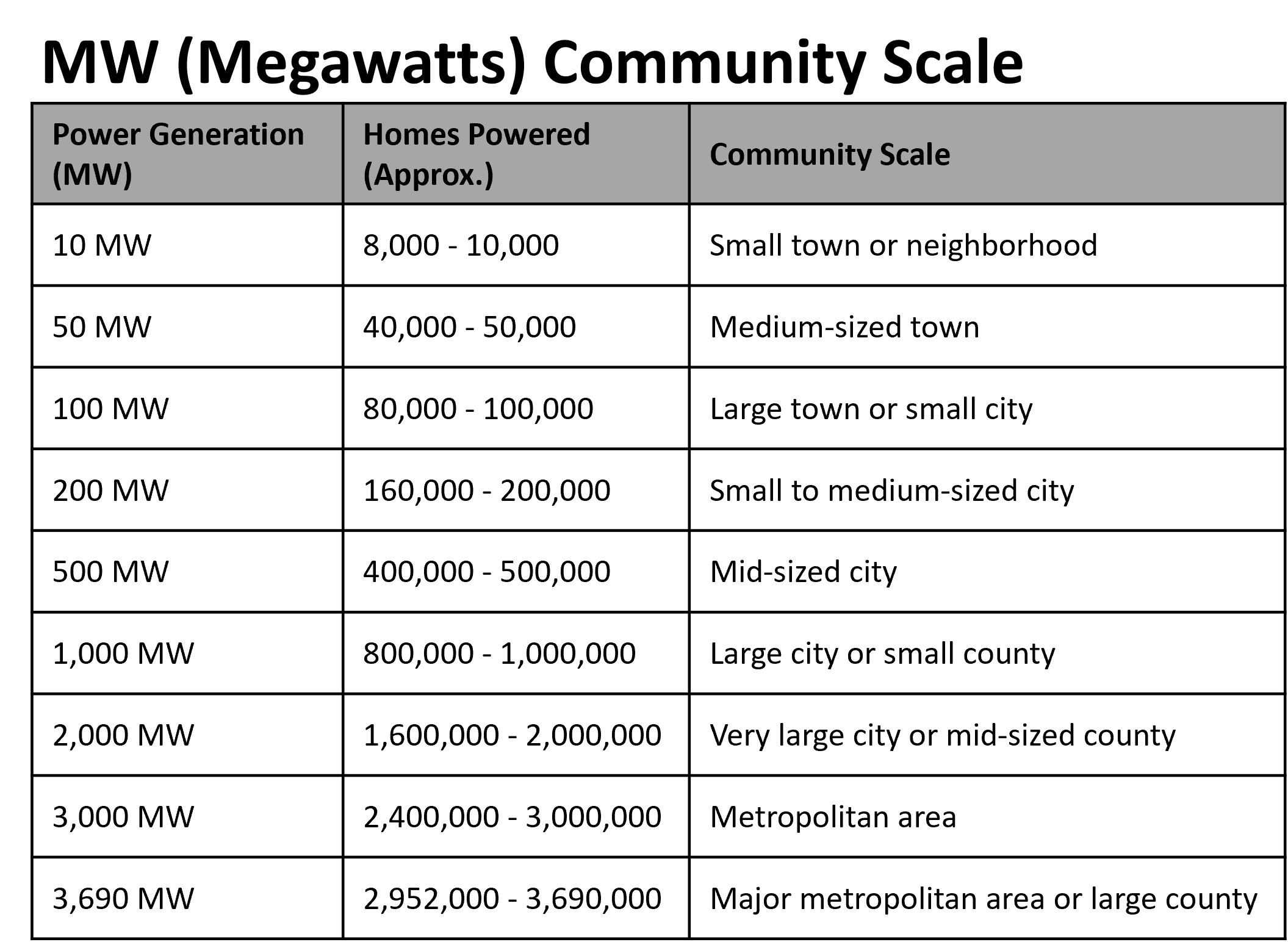Batteries
Predominantly in the southwest and southeast area, there are 59 battery plants.
That stores an output of 2179.3 MW (megawatts) combined.
• Advantages:
- Renewable and sustainable.
- Provides consistent and reliable energy.
- Can store energy through pumped-storage hydroelectric systems.
• Disadvantages:
- Expensive to build and maintain.
- Disrupts ecosystems and aquatic life.
- Limited by geographic location (requires rivers or dams).
Biomass
In the north and southwest area, there are 15 biomass power plants.
Produces an output of 364.1 MW (megawatts) combined.
• Advantages:
- Renewable energy source.
- Reduces waste by using organic materials.
- Can help reduce reliance on fossil fuels.
• Disadvantages:
- Can lead to deforestation if not managed sustainably.
- Requires large amounts of water.
- Emits pollutants, though less than fossil fuels.
Coal
The northwest has a limited number of coal power facilities, with 13 in operation.
Densely located in the northern and southeastern regions of Texas, generating a total output of 17,827.6 MW (megawatts) combined.
• Advantages:
- Inexpensive and abundant in many regions.
- Reliable source of energy with steady output.
- Well-established infrastructure for distribution and use.
• Disadvantages:
- Major source of greenhouse gas emissions.
- Causes significant air pollution (SO₂, NOx, particulate matter).
- Mining harms the environment and worker health.
Hydroelectricity
About 715.2 MW (megawatts) are generated by a total of 24 hydroelectric power plants.
They are mainly traversing from the northeast to the central region.
But with a small quantity along the southwestern Mexican border.
• Advantages:
- Renewable and sustainable.
- Provides consistent and reliable energy.
- Can store energy through pumped-storage hydroelectric systems.
• Disadvantages:
- Expensive to build and maintain.
- Disrupts ecosystems and aquatic life.
- Limited by geographic location (requires rivers or dams).
Natural Gas
With a concentration in the northeast and southeast regions,
about 286 natural gas power facilities are distributed throughout the state.
Capacity to produce a total of 70,893.4 MW (megawatts).
• Advantages:
- Burns cleaner than coal and petroleum (lower CO₂ emissions).
- Highly efficient for electricity generation.
- Abundant supply, especially with advancements in fracking.
• Disadvantages:
- Still a fossil fuel, contributing to greenhouse gas emissions.
- Risk of leaks, which release methane (a potent greenhouse gas).
- Fracking can lead to environmental issues (water contamination, earthquakes).
Nuclear
Approximately 2 nuclear power plants in the north and southeast.
Total amount of megawatts (MW) that they are capable of producing is 4,980.
• Advantages:
- Very high energy output with low carbon emissions.
- Reliable and can operate continuously for long periods.
- Helps reduce reliance on fossil fuels.
• Disadvantages:
- High initial construction costs.
- Produces hazardous radioactive waste that needs long-term storage.
- Risk of catastrophic accidents (e.g., Chernobyl, Fukushima).
Petroleum
The state consists of 29 petroleum power stations that produce 629.7 MW (megawatts).
They are predominantly located in the southeast and are distributed sporadically
throughout the state's borders.
• Advantages:
- High energy density, making it efficient for transportation and electricity.
- Well-established infrastructure.
- Flexible for use in many industries beyond electricity (transportation, heating, manufacturing).
• Disadvantages:
- Major source of greenhouse gasses and pollutants.
- Vulnerable to price fluctuations and geopolitical instability.
- Environmental damage from oil spills and extraction.
Solar
There are about 138 solar farms in the state, most of which are dispersed over
the north and south-eastern regions.
Total production is 14,572.5 MW (megawatts).
• Advantages:
- Renewable and abundant energy source.
- No greenhouse gas emissions during operation.
- Scalable from small to large installations.
• Disadvantages:
- Intermittent energy source (depends on sunlight availability).
- High upfront installation costs.
- Requires large land areas for solar farms.
Wind Turbines
Concentrated in the region that encompasses the northeast, the central, and the south.
216 wind turbine farms that have the capacity to produce 40,537.3 megawatts (MW).
• Advantages:
- Renewable and abundant energy source.
- No emissions during operation.
- Can be placed offshore to reduce land usage.
• Disadvantages:
- Intermittent energy source (depends on wind availability).
- Can pose a risk to wildlife, especially birds and bats.
- High initial investment costs and geographic limitations.

